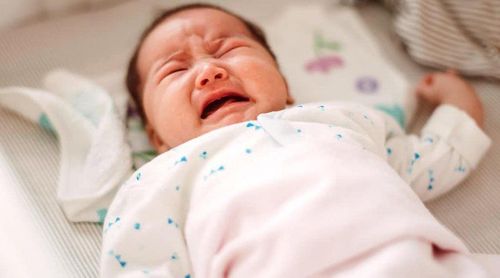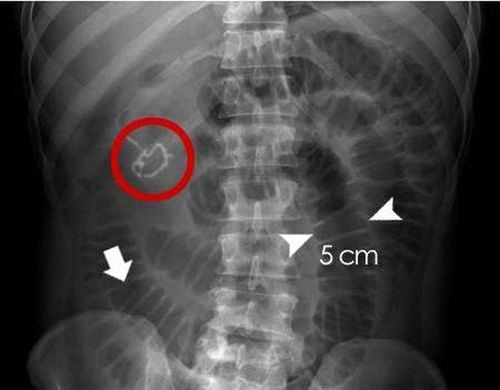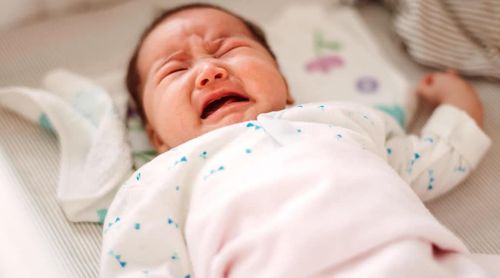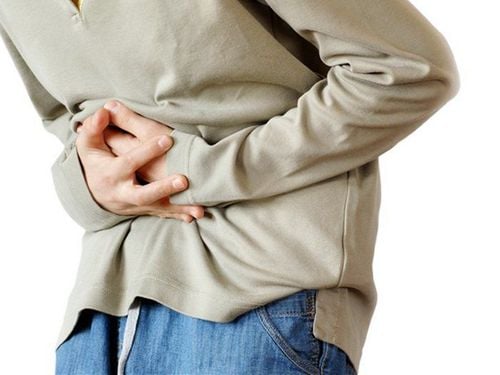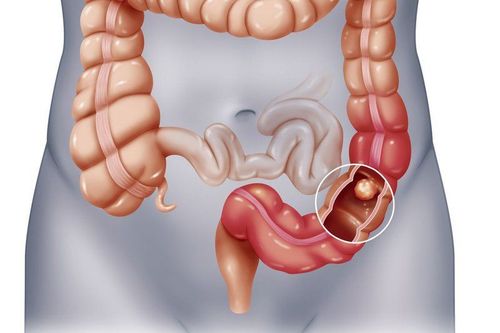This is an automatically translated article.
This article is professionally consulted by resident Doctor Le Thanh Tuan - Department of General Surgery - Vinmec Nha Trang International Hospital. The doctor has extensive experience in examination, treatment and surgery of abdominal diseases.Intussusception is a common cause of intestinal obstruction in children between 3 months and 6 months. Intussusception in children greatly affects the metabolism and growth of children.
1. Symptoms of intussusception in children
Children with intussusception often show some of the following symptoms:Abdominal pain: Children with severe abdominal pain, manifested by sudden, intense crying, hunched over, twisted, the pain could stop the child. play, quit breastfeeding. Vomiting food in the early stage, in the late stage, the child may vomit green or yellow fluid. Blood in the stool: The child's stool may be red or brown with blood, may appear soon after the pain or appear late after 24 hours. Occurs in 95% of nursing infants. Bloody defecation along with vomiting and drainage of fluid into the intestinal lumen are important factors contributing to hypovolemia.
2. How is small bowel intussusception performed?
Currently, the most reliable method to diagnose intussusception is ultrasound. After the child is identified with intussusception, depending on the condition, the doctor will prescribe some of the following methods of intussusception:2.1 Intubation by intubation Nowadays, intubation by intubation in treatment Intussusception is commonly used instead of the previous Baryt intubation method. This method is usually indicated for children with a confirmed diagnosis of intussusception, under 2 years of age and must be detected early 72 hours. The child has no signs of intestinal perforation.
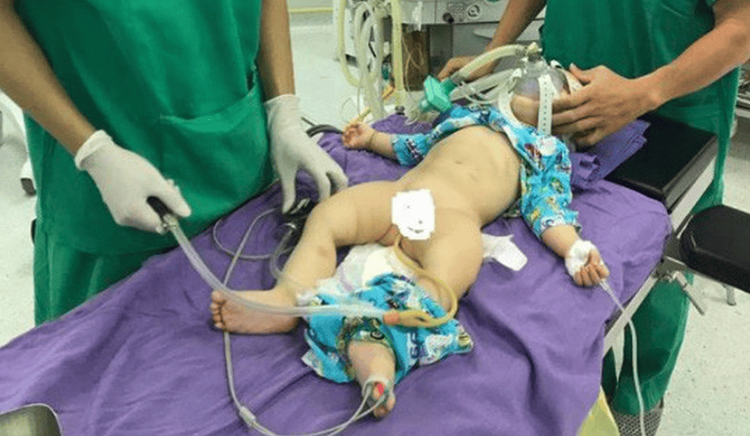
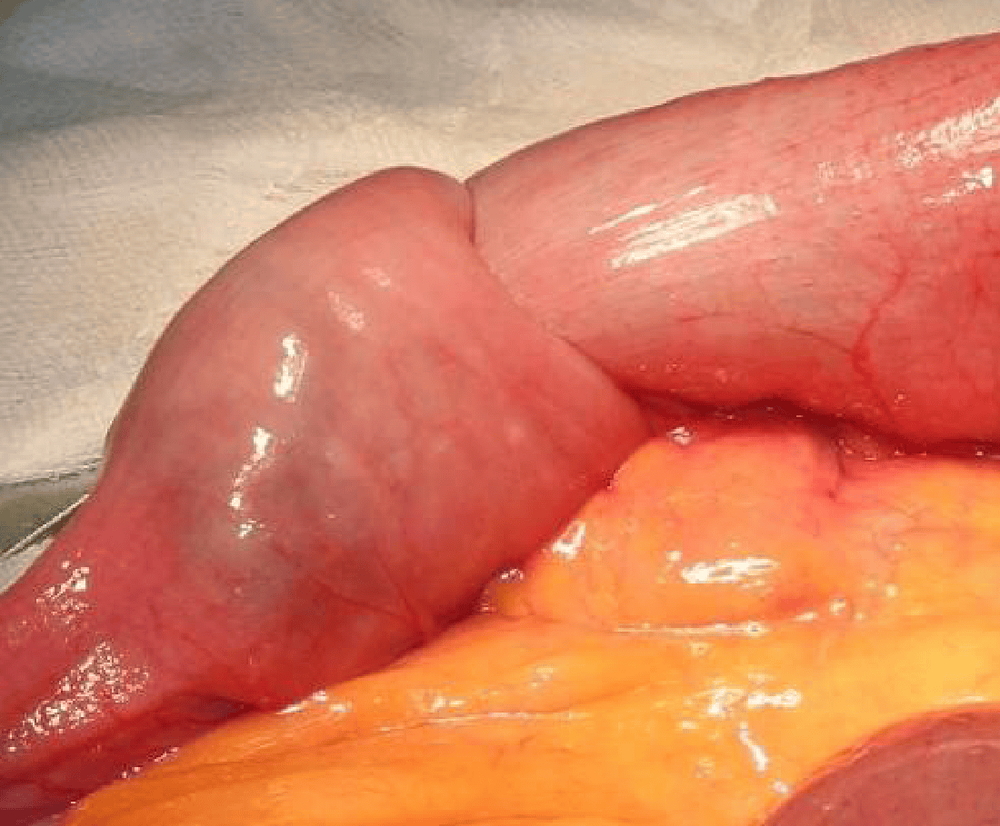
3. Caring for children after intussusception at home
Depending on the condition, the intussusception after removal can still return as soon as a few hours or many days later. Therefore, parents need to carefully monitor, do not let the child dance too much after removing the cage, give the child a little food, take medicine according to the doctor's prescription. When detecting signs of recurrent intussusception: Sudden abdominal pain, twisting, crying, vomiting food ... need to take the child to the hospital immediately. In the case of children with recurrent intussusception, the child will be ordered to have tests to check for physical causes: Polyps, ileal tumors, colon. If there is a physical cause, the child will be surgically treated to treat the cause. Parents should note to keep the child's body warm, limit respiratory infections in winter and spring, and eat hygienically to avoid mesenteric lymphadenitis leading to intussusception.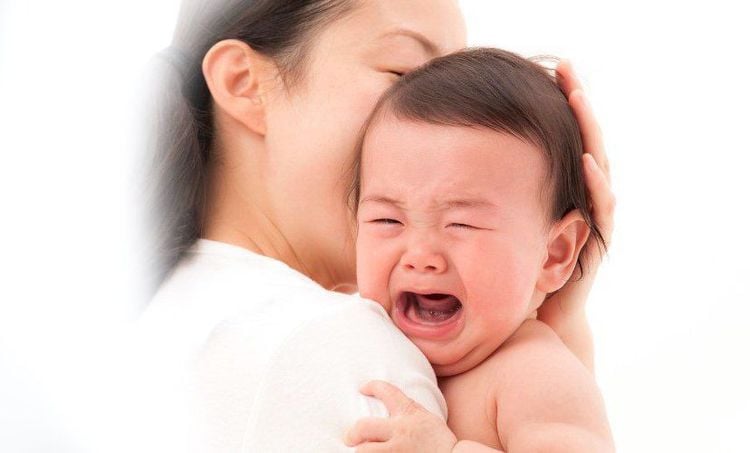
Please dial HOTLINE for more information or register for an appointment HERE. Download MyVinmec app to make appointments faster and to manage your bookings easily.





